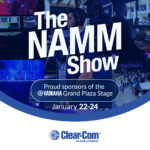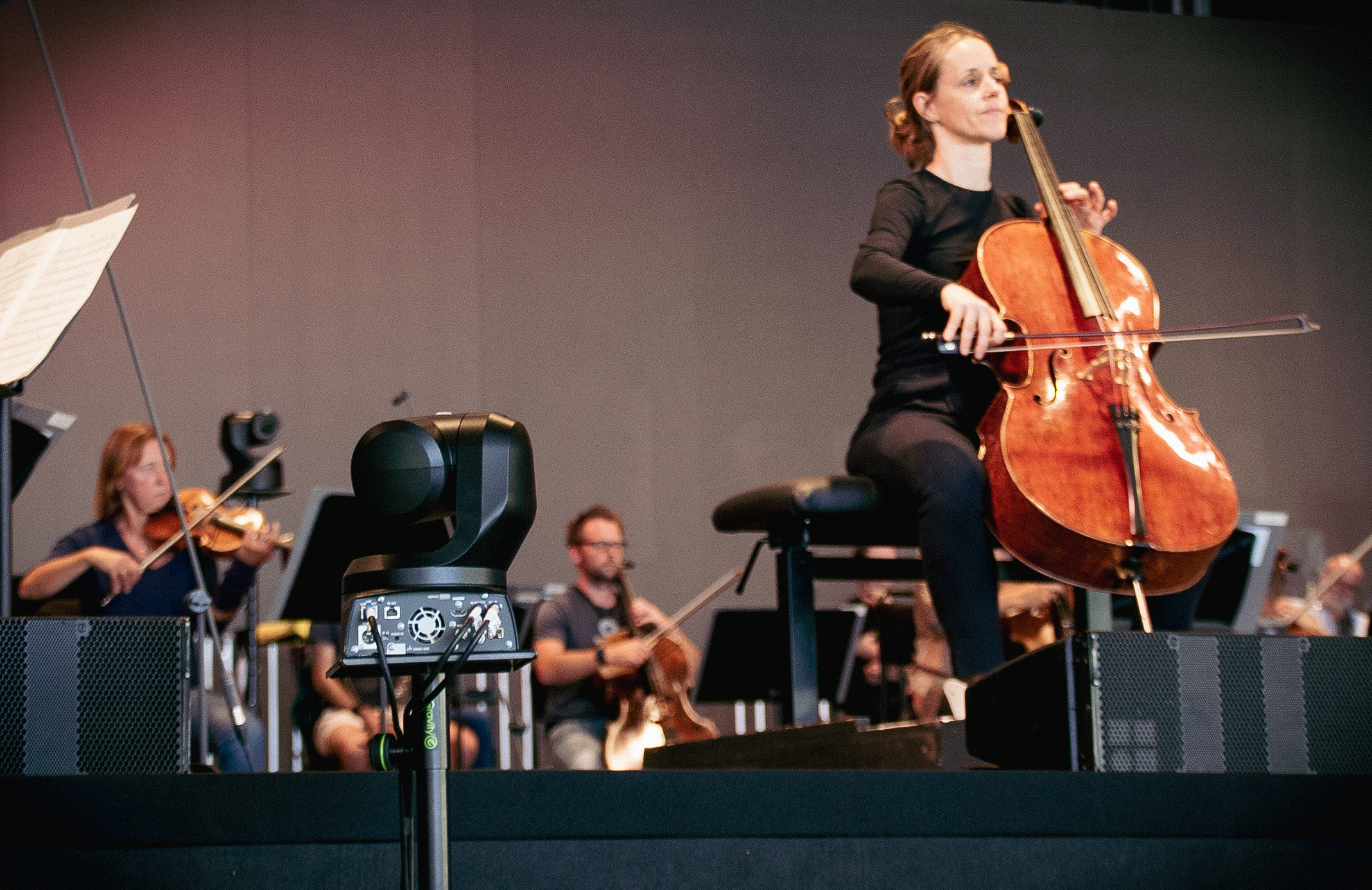Stagecast and Panasonic helped the Edinburgh International Festival reach a wider audience than ever before by streaming six classical concerts from the world-renowned annual arts event.
As specialists in live streaming and filming of both classical music and opera, Stagecast used Panasonic PTZ camera and broadcast solutions and drew upon its extensive experience to bring remote audiences closer to some of the festival’s concerts.
By using Panasonic broadcast solutions at one of three specially constructed outdoor pavilions located at the Edinburgh Academy Junior School, Stagecast was able to broadcast the concerts to remote viewers via the festival website and the Classic FM digital platforms.
The spectacular temporary pavilions provided a Covid-safe alternative to the festival’s traditional concert halls. However, the venues also posed the new challenge of filming in a semi-outdoor environment, with daylight and all the variabilities of the Scottish summer climate.
Stagecast used a rig system to film the concerts built around a total of eight Panasonic AW-UE150 PTZ cameras, one of which was mounted on a Panapod.
They also used three Panasonic AK-UC4000 Studio System cameras – one on a crane and the other two at the back of the venue with super-telephoto lenses for front coverage of the enormous venue.
Using the UC4000 cameras meant that the images could be accurately picture-matched with the UE150 cameras using scene files provided by Panasonic.
The backstage production team consisted of the director, script supervisor, vision engineer and two camera operators, working four cameras each.
One of these operators also controlled the upward and downward movement of the Panapod, for shots behind the orchestra. The vision engineer’s role was to maintain the colour shading of each of the UC4000s on the Panasonic AK-HRP1000 remote operation panel.
“Control of the PTZ cameras was handled over IP, with video signal routing over SDI,” said Matt Parkin – Co-Founder/CEO, Stagecast.
“This allows us to get full broadcast-quality video feeds back to the control room.
“We use a lot of automation to deliver complex, fully scripted shows with a relatively small team, including our own monitor switching and tally solutions built with Bitfocus Companion and Elgato Streamdeck controllers.
“We also use custom software for recalling preset camera shots on the AW-UE150s from a playlist.”
“Filming orchestras has a range of specific requirements,” added Matt. “The cameras we use must be silent for use in concert halls. They must also be compact and be able to disappear on a stage.
“The PTZ workflow allows us to be fast and efficient in a way that nothing else would have allowed, especially with the restrictions and challenges of social distancing, and it has transformed what we are able to do for the musicians.”
Andrew Moore, Head of Music at the Edinburgh International Festival, added that the festival had captured much more content on-demand this year than any other year.
He explained: “We’ve managed to integrate video capture in a really discrete and subtle way, capturing wonderful film without the audience in the venue even realising until they see it at home.
“I think the way that all our technical providers have worked together is fantastic. They have shared knowledge, expertise and infrastructure across all the different disciplines – whether that’s sound, video, and lighting – to enable the festival to work.
“They are back doing what they love and that’s been terrific to see.”





